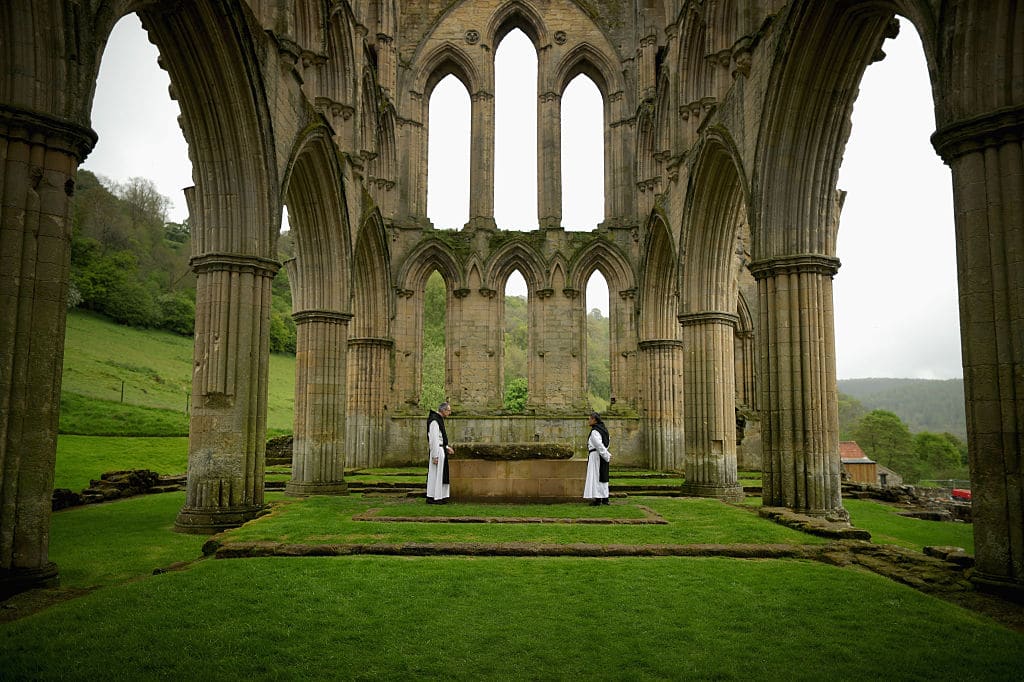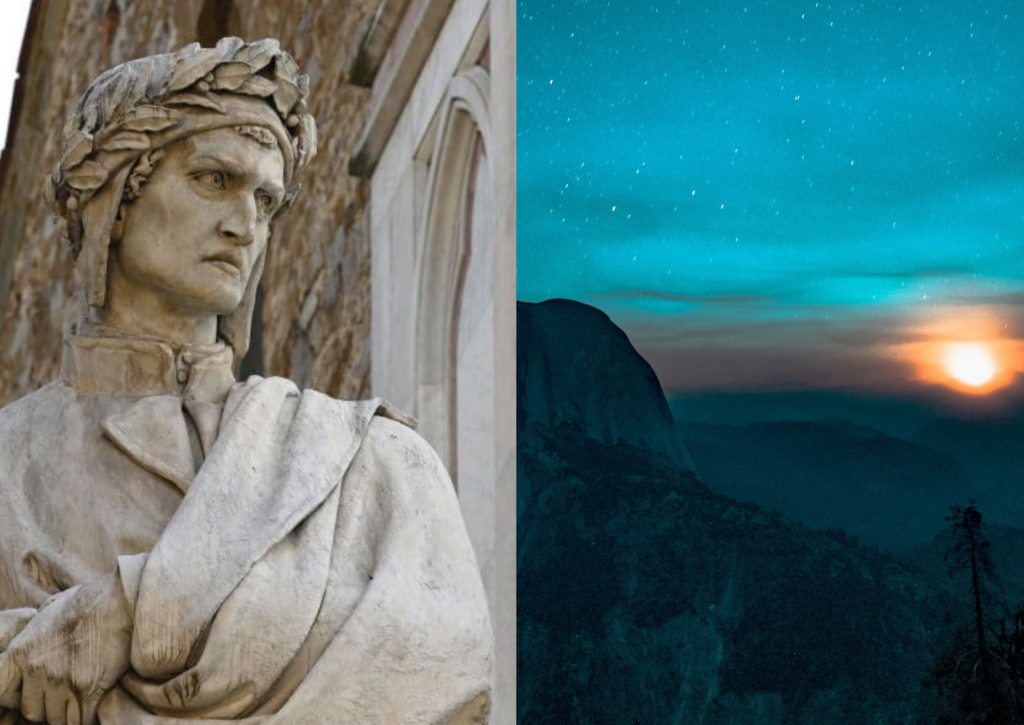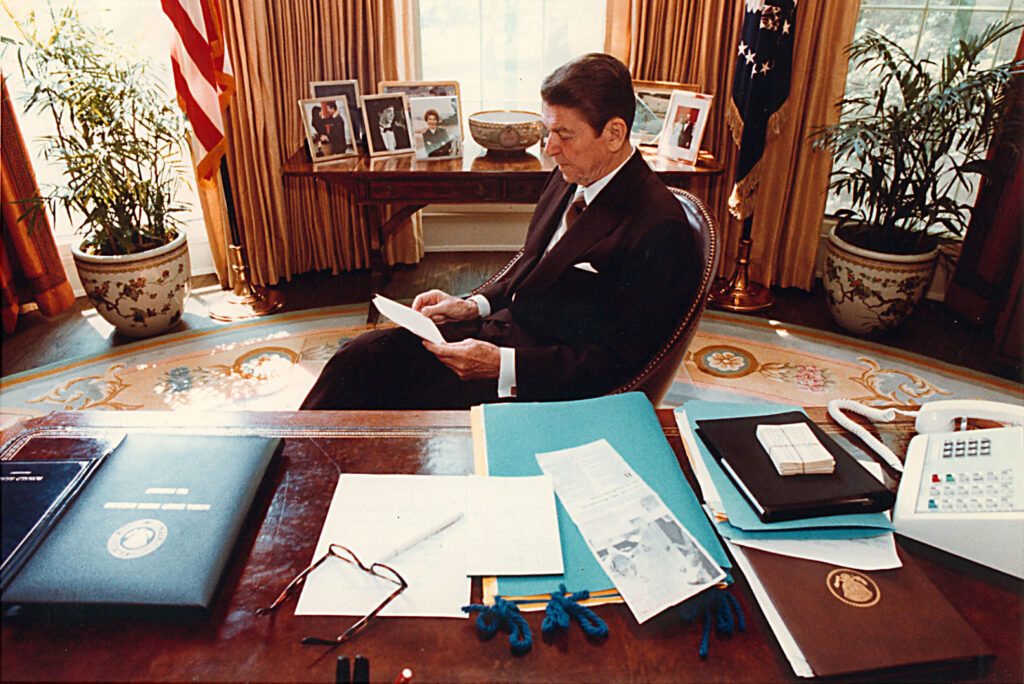
Thirty years is a long shelf life for any historical work, and perhaps especially so for a historical work self-consciously designed as a challenge to received opinion. For all its bulk, The Stripping of the Altars is a polemic, written to contest the account of the English Reformation canonised in a long interpretative tradition that descended from the Elizabethan Protestant martyrologist John Foxe via the Victorian historian and celebrant of England’s Imperial destiny, James Anthony Froude, and which was still current in the 1980s, thanks mainly to the work and reputation of Professor Geoffrey Dickens whose textbook, The English Reformation, dominated school and university study of the subject. For Dickens, the patriotic product of a robustly Protestant Yorkshire childhood, the Reformation was the triumph not only of true Christianity over the “travesty” of medieval superstition, but the natural product of British common sense, and the emergence of a “lay-dominated society with its mind firmly fixed upon moderation, good sense and security in this world”.
In the early 1980s, three unrelated events converged to turn my attention decisively to the late Middle Ages and the Reformation. I was invited to give a lecture on the Book of Common Prayer Burial Service. I decided to tackle this task by comparing the elaborate medieval Latin burial service with the austerely Protestant rite Cranmer had quarried from it: the realisation that, in the medieval service at the moment of committal of the corpse, the priest addressed the dead person directly, whereas in the Prayer Book rite the minister turned instead to the living mourners round the grave and spoke about the dead only in the third person, would develop into one of the key ideas of The Stripping of the Altars.
Then, I began to explore the churches of East Anglia, and had it borne in on me that huge numbers of them had undergone extensive and costly extensions, rebuilding and refurbishment in the 15th and early 16th century, and that this remarkable surge of activity was funded largely by lay donations and bequests, a massive popular investment in the practice and beliefs of late-medieval Catholicism that had left its trace not only in a vast archive of late-medieval wills, but in the funeral brasses, carved fonts, rood screens and wall-paintings, stained glass, and family and guild chapels, which survived in such astonishing abundance in East Anglia. How could all this be squared with conventional notions of a failing church which had forfeited the confidence of the laity?
And, third, at about the same time, I absorbed a brilliant anthropological work, which drew some of its most telling material from the recent upheavals in the English Roman Catholic Church after the Second Vatican Council. Dame Mary Douglas, herself the product of a Catholic convent education, was also one of the most original cultural anthropologists of the mid-20th century.. Douglas’s work was much concerned with the relative claims of form versus formlessness as values in the ordering of human society. In Natural Symbols: Explorations in Cosmology, she deployed this analysis to argue for the vital importance of ritual for social life. Written against the background of the sexual revolution, the social and political unrest of the 1960s and the transformation of the Roman Catholic Church in the wake of the Second Vatican Council, Douglas’s book was an attack on what she saw as a disastrous and culturally and socially naïve abandonment of vital symbolic and ritual structures which made for orderly communal life, both secular and religious. In a brilliantly funny chapter, whose undertow of rage was barely concealed, she attacked the widespread “contempt of ritual” in a sympathetic treatment of the instincts of the often despised “Bog Irish” working-class Irish Catholics, many of whom rated the eating of meat on Fridays as a more serious sin than any breach of the Ten Commandments, and she attacked the contemporary Catholic hierarchy for their surrender to the Zeitgeist in the abandonment of ritual practices like the Friday fast, whose importance in the maintenance of the corporate identity they had woefully failed to grasp. Its importance for me lay in its crystallisation of my own unease at the sometimes drastically iconoclastic post-Conciliar dismantling of the externals of my own inherited Irish Catholicism, which I now came to see as an example of a wider insensitivity to the fundamental role of ritual in maintaining the cohesion of any society. As Douglas wrote:
“The confirmed anti-ritualist mistrusts external expression. He values a man’s inner convictions. Spontaneous speech that flows from the heart, unpremeditated, irregular in form, even somewhat incoherent, is good because it bears witness to the speaker’s real intentions… They can’t take it, the… open-minded teachers who seize on a watered-down expression of a faith that has practically lost meaning for them. The Mystery of the Eucharist is too dazzlingly magical for their impoverished symbolic perception…”
For a historian increasingly preoccupied with the nature of the Reformation, all this had a special resonance. I didn’t of course imagine that the ritual revolutions of the 16th and the 20th centuries could be equated, but some of the issues were undoubtedly the same. The calls for the drastic simplification of worship as a good in its own right, the disparagement of the apparently magical mindset which underlay the ritual framework of pre-conciliar Catholicism, the abolition of “rote” practices like Friday abstinence in favour of voluntary and private acts of penance, which were held to be superior because more “authentic” – these were in some respects a re-run of the reforming agenda of the 16th century, and were often justified with strikingly similar arguments.
With opened eyes I looked again at my well-thumbed copy of Dickens’s The English Reformation… [with its] pained dismissal of medieval religion for “its effort to attain salvation through devour observances, its fantastic emphasis on saints, relics and pilgrimages”… How different all this would look, I realised, if one were to consider the evidence of medieval lay and clerical commonplace books, liturgical and para-liturgical rituals, miracle stories, sacramental observances, processions, prayers and talismans so prominent in late medieval Christianity, not on the premise that they were a meaningless mount of mumbo-jumbo, culpably remote from the personality and teaching of Jesus, strong on magic, weak on personal responsibility but, instead, on the working assumption that they represented the ritual building-blocks of a coherent worldview that expressed itself not in individualist striving after personal authenticity, but in powerful symbolic gestures designed to shape and create community.
What if one were to write a study of late medieval religion – whose vigour and popularity was increasingly clear to me as I examined both the archival evidence and the rich material culture of pre-Reformation churches and their furnishings – taking seriously the suggestion that it was in fact what the great social anthropologist Émile Durkheim would have recognised as a symbolic system in vigorous working order, that is, if one attempted to understand and explain late medieval religion in its own terms, by teasing out, in the thick description beloved by anthropologists, how it had worked, and what vision of society and of human destiny it had sought to embody.
The Stripping of the Altars was the outcome. The title, borrowed from one of the now-suppressed but most eloquent ceremonies of the old Latin liturgy for Holy Week, was a manifesto in itself, summarising the overall argument of the book. On Maundy Thursday, after the Mass of the Last Supper and procession with the Host to the Altar of Repose, the other altars in the church were ritually stripped of their altar cloths and ornaments in preparation for the stark liturgy of Good Friday, while the ministers and choir recited Psalm 21, “My God, my God, why hast thou forsaken me?”, with its anticipation of the incidents of the Passion. The altar here becomes a surrogate for the stripped and scourged Christ – resonances which would of course not have been lost on religious conservatives during the iconoclastic destruction of altars and imagery in the reign of Edward VI.
In one sense a latecomer to the revisionist challenge to the received Reformation narrative, what marked the book out from others was, first, the fact that two thirds of its 600-page bulk was devoted to a detailed thematic exploration of the ritual world of 15th- and early-16th-century English parishioners, not least to the liturgy that informed and structured that ritual world, but which few non-specialist historians had attended to, and second, the book’s close attention to the lavish surviving material culture of medieval religion – parish churches and their sacred spaces, their furnishings, books, images and iconography – not out of an incidental antiquarianism, but as indispensable evidence for any serious attempt to understand the Christianity that the Reformation sought to replace. This aspect of the book was to arouse considerable interest.
It was in some ways a dangerous book for an academic to publish, for its author’s empathy for the religious system that the book scrutinised was clear, inevitably inviting the accusation of religious bias. Most of the reviewers commented on the sympathy with which late-medieval popular Catholicism, or, in the book’s preferred term, “traditional religion”, was handled, and more than one suggested that the book marked the regrettable rise or revival of “denominational history”. This seemed to me a curious, even risible suggestion, given that most modern writing about English Reformation history had been produced either from an overtly or discernibly Protestant confessional standpoint, or at any rate from within a culturally Protestant and post-Enlightenment mindset liable to influence historical judgement about the character and worth of medieval Christianity just as surely, if less obviously, as any denominational affiliation.
The myth of neutral history is just that: a myth. If it actually existed, no one would want to read it. Every historian brings to their subject-matter a raft of experience, opinions, attitudes and assumptions that inform their perceptions, and influence both the issues they find interesting, and the questions they bring to their material. History is an attempt to discern the patterns that underlie the surviving traces of the past, not a bloodless chronicle of patternless events, and the interpretation of the records of the past demands personal gifts like imagination and empathy.
Despite such reservations, the critical response to the book was, with few a exceptions, overwhelmingly positive.
Historical scholarship, like any other field of knowledge, never stands still. No take on the past is ever definitive, no historian either has or ought to have the last word: truth, that elusive thing, is the daughter of time. The best any of us can hope for is to have provoked others to disagree productively. The Stripping of the Altars has been providing disagreement, and some qualified assent, for 30 years. It is my hope that it may prove to have something to contribute to the conversation and debate for at least a little longer.
This is an abridged excerpt from Eamon Duffy’s introduction to the new edition of The Stripping of the Altars: Traditional Religion in England, 1400-1580 (Yale, 2022)
This article first appeared in the Easter 2022 issue of the Catholic Herald. Subscribe today.
![]()
This page is available to subscribers. Click here to sign in or get access.



Areas of Catholic Herald business are still recovering post-pandemic.
However, we are reaching out to the Catholic community and readership, that has been so loyal to the Catholic Herald. Please join us on our 135 year mission by supporting us.
We are raising £250,000 to safeguard the Herald as a world-leading voice in Catholic journalism and teaching.
We have been a bold and influential voice in the church since 1888, standing up for traditional Catholic culture and values. Please consider donating.
